Let the color wheel be your guide in harmonizing your garden’s aesthetic.
It’s a straightforward tool for selecting plant and flower combinations, acting as an invaluable ally for gardeners aiming to craft a visually appealing outdoor space. Rooted in the basics of color theory, the color wheel encompasses the three primary colors: red, yellow, and blue. It unfolds into a spectrum that mirrors a rainbow, starting from red to orange, leading to yellow, then progressing through green, blue, purple, and violet. Warm colors span from red to chartreuse, whereas cool colors extend from green to violet.
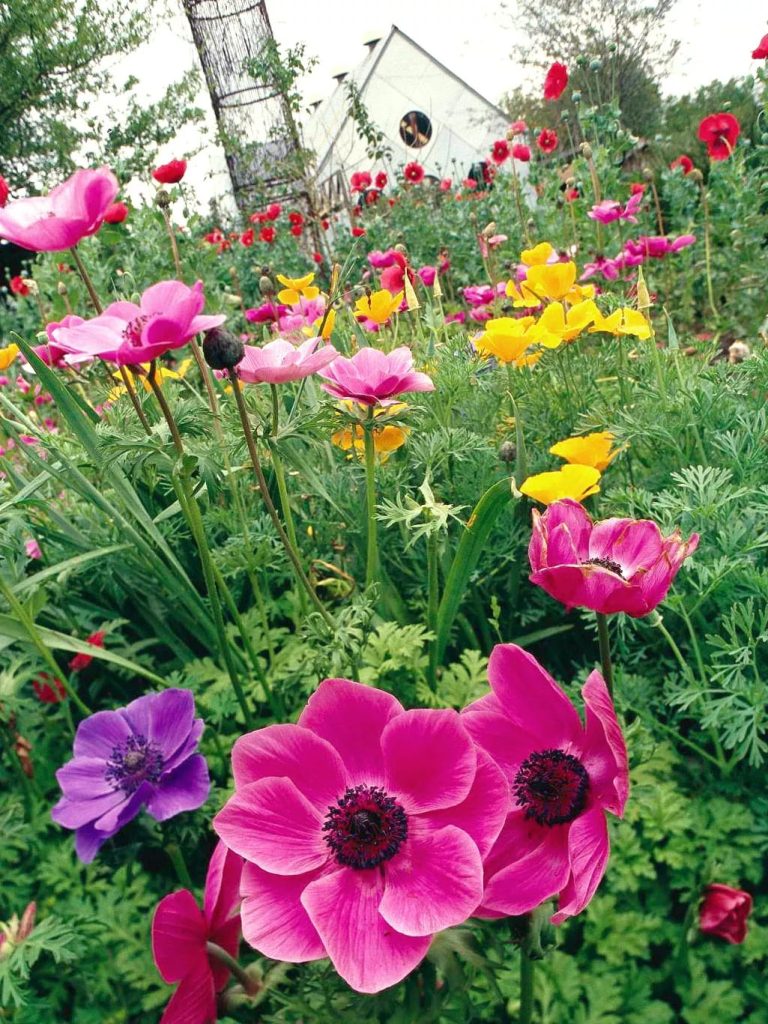
Employing complementary colors is a natural approach to color coordination in your garden. This involves pairing plants whose colors lie directly opposite each other on the color wheel. For instance, green complements red, blue contrasts with orange, and in a striking combination, yellow pairs with purple.
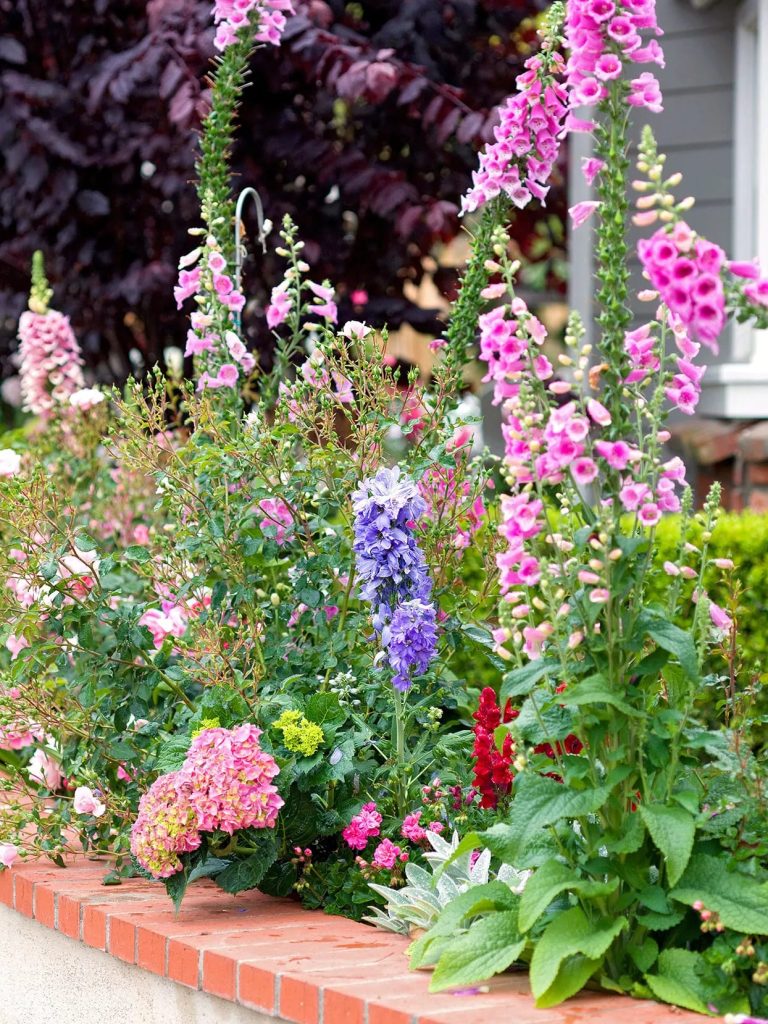
In a garden scene, imagine the vivid interplay between pink and purple anemones against the backdrop of golden-yellow California poppies. Another strategy for achieving color harmony is through analogous color schemes, where neighboring colors on the wheel blend seamlessly. This can range from combinations of red and yellow to fuchsia and purple, producing a cohesive look.
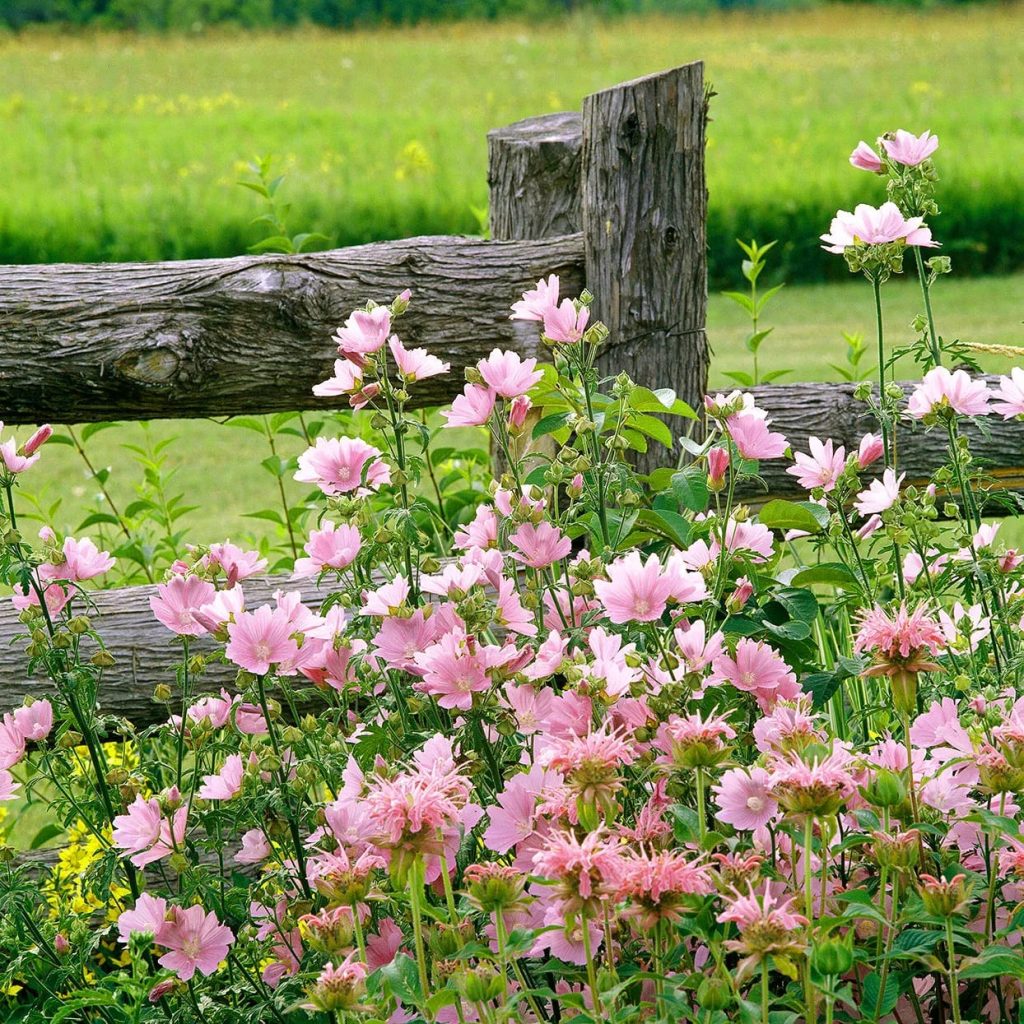
Consider a garden display featuring pink foxgloves, blue delphiniums, alongside a pink hydrangea and red snapdragons. Opting for a singular color theme can also create a significant visual impact. Within a monochromatic scheme, you may explore various shades of a single color or mix plant varieties that share the same bloom color but vary in foliage.
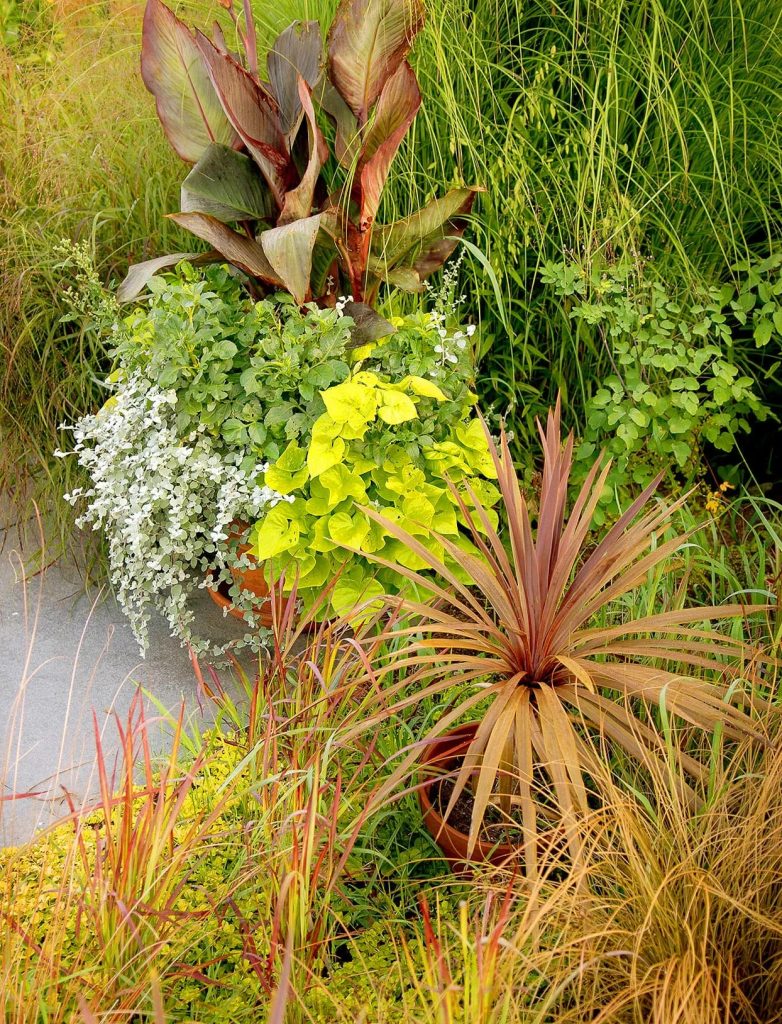
Colors also play a role in setting the garden’s mood. Warm hues like red and orange infuse energy and movement into a space, exemplified by a landscape filled with the lively textures of bloodgrass, cordyline, and bronze sedge. Conversely, cool tones such as blues, purples, and soft pastels offer a serene ambiance, seen in combinations of pink petunias, white sweet alyssum, and burgundy ‘Redbor’ kale.
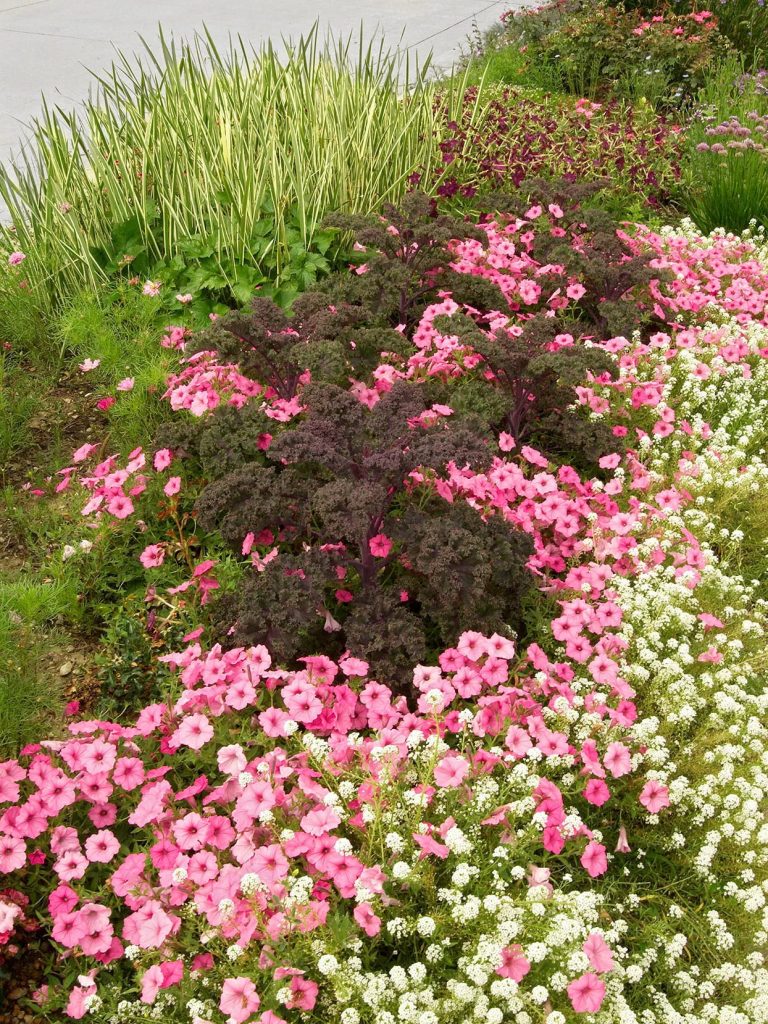
Exploring further, the color wheel suggests combining plants spaced equally apart, known as a triad. This arrangement, while more complex, can significantly enhance the garden’s color dynamics. For instance, integrating orange zinnia, Double Knockout roses, and Mexican sage achieves such an effect.
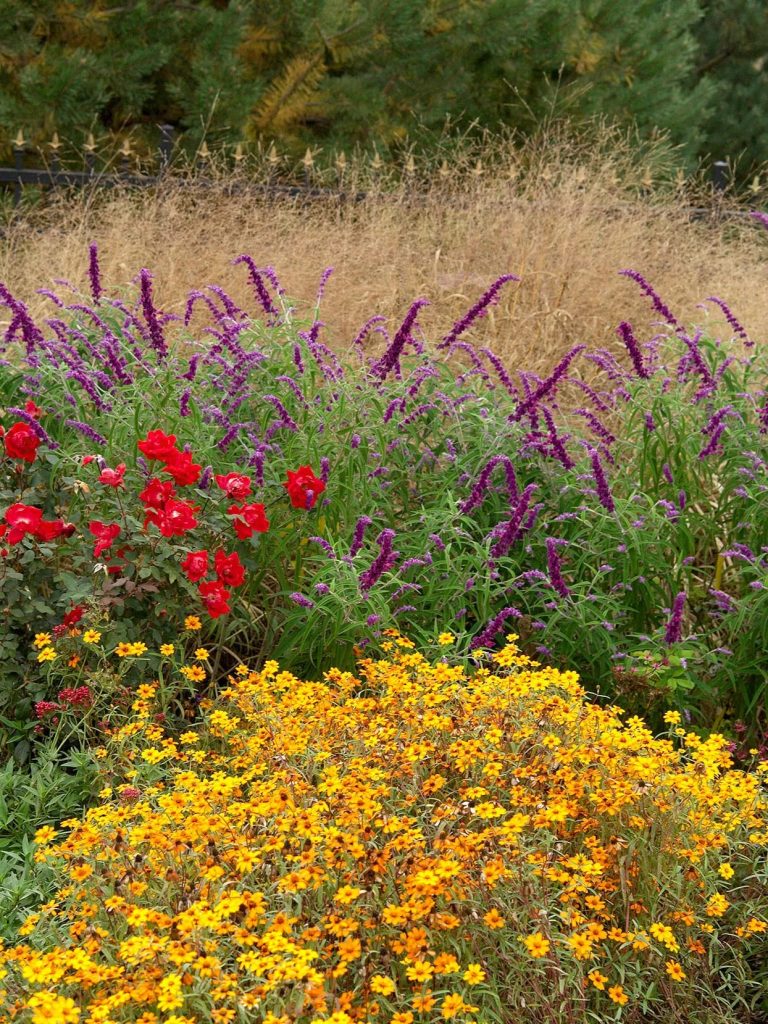
For a rich tapestry of colors, consider a double complementary scheme. Select two adjacent colors, like red dahlias and orange-yellow black-eyed Susans, and pair them with their opposite colors on the wheel, such as green and purple.
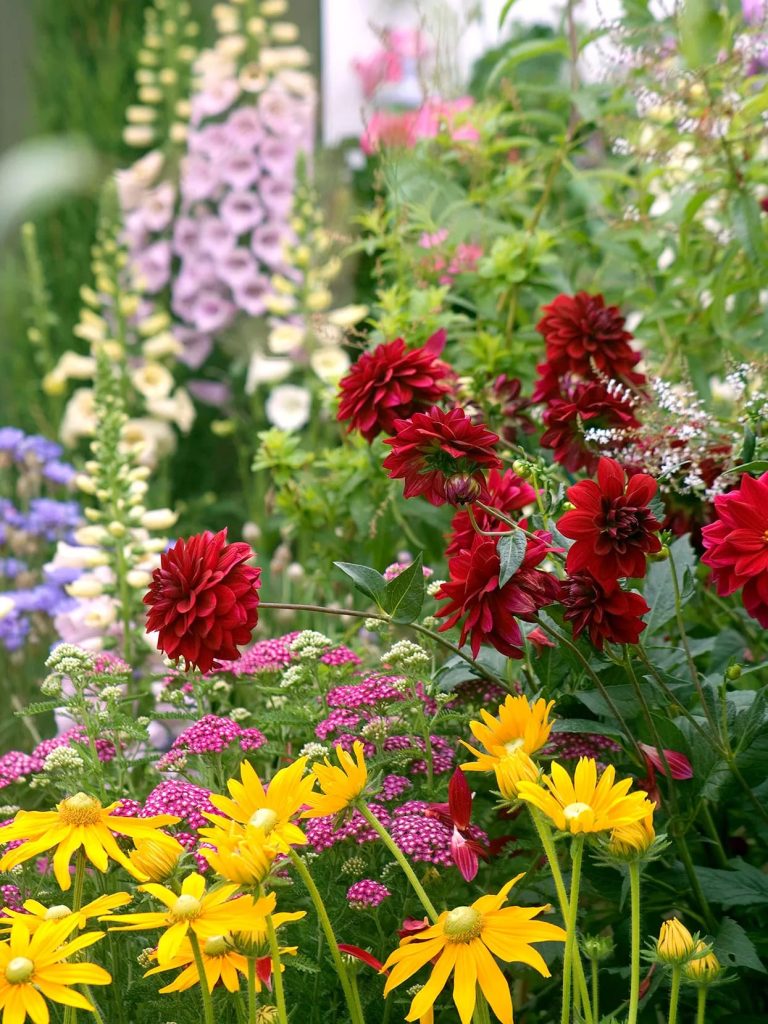
The classic combination of purple and yellow frequently adorns gardens, showcasing the allure of complementary colors for an eye-catching floral display. A vibrant example includes yellow pansies paired with blue salvia.
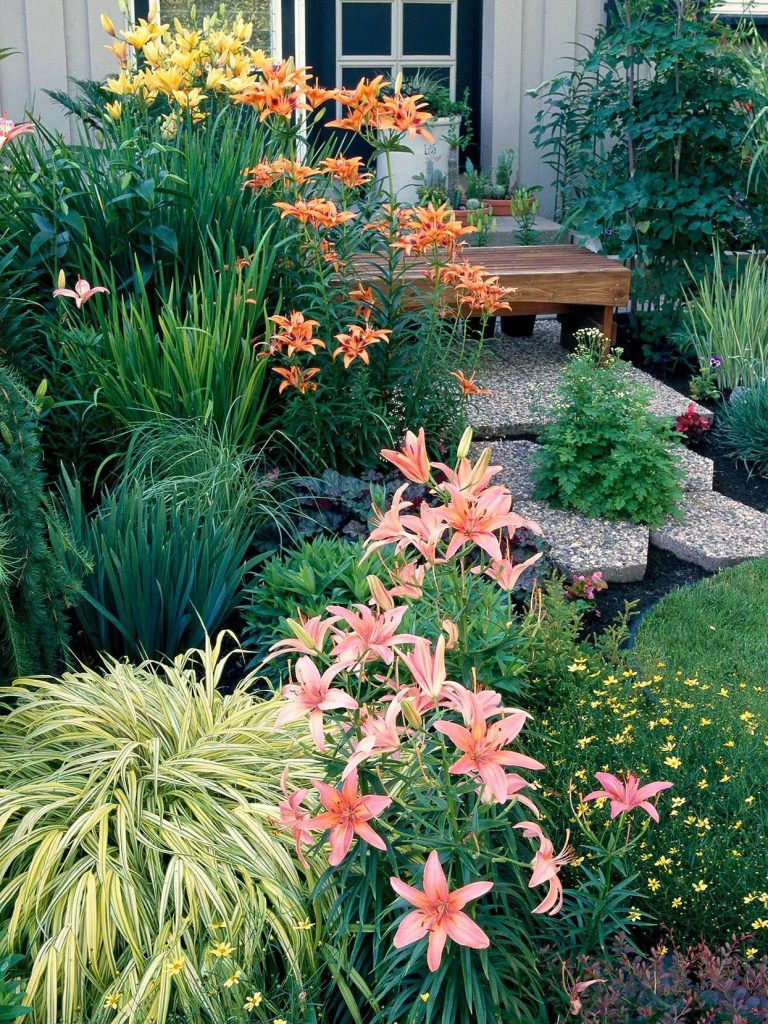
Lastly, a trio of lilies, in soft pastel hues, gracefully navigates the color wheel, offering a tranquil blend of orange, pink, and yellow, and highlighting the cooler, softer side of the color spectrum.





